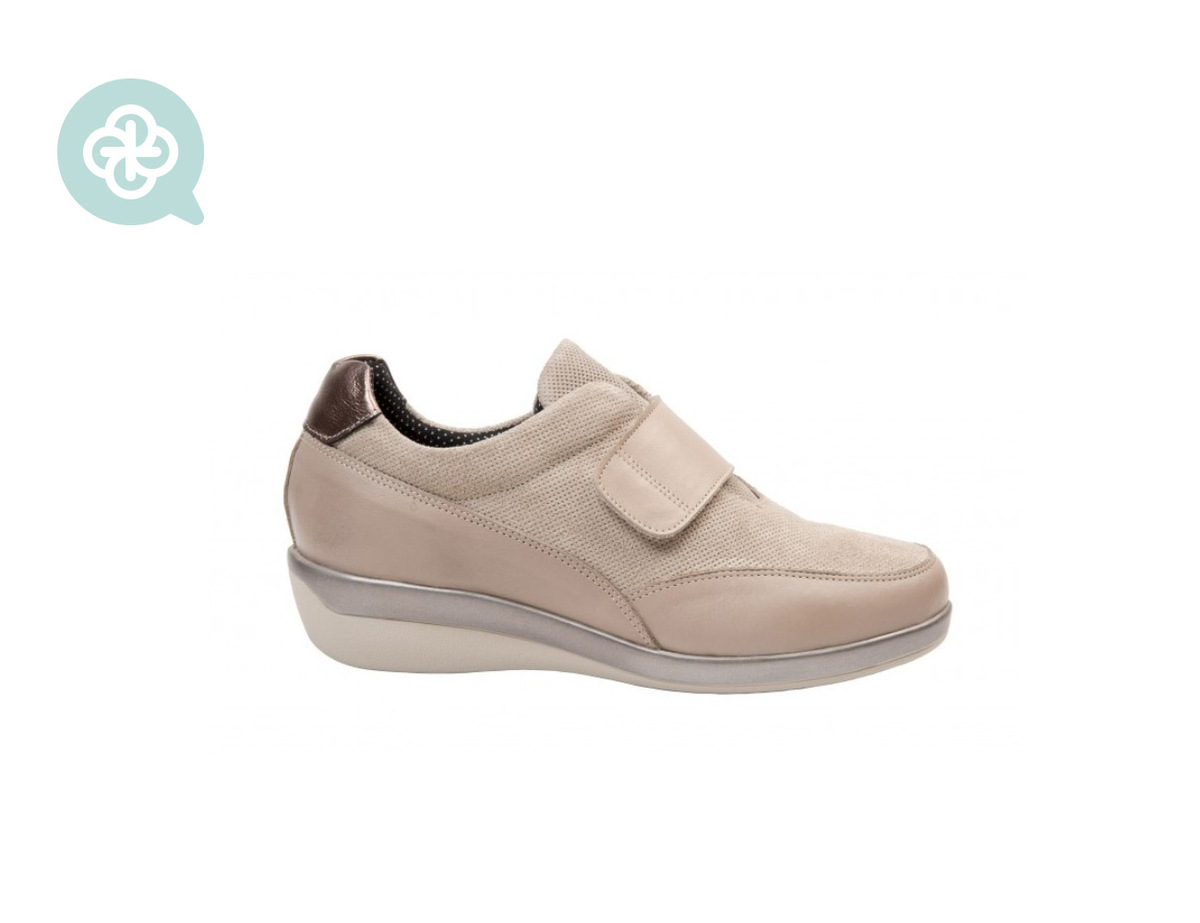
Socks and Shoes for Diabetics Feet: Discover the Importance and Advantages
Diabetes affects millions of people worldwide and requires constant and vigilant care to ensure a healthy life without complications. This condition, characterized by elevated blood glucose levels, can affect various organs and systems in the body, including the feet. The health of the feet plays a crucial role in the quality of life for people with diabetes, which is why it is essential to be aware of the necessary care to protect them.
Understanding the relation between diabetes and the feet is the first step to maintaining an active, comfortable, and healthy life, even when living with a chronic condition like diabetes. So, in this article, you will discover the necessary care for diabetic feet and the best socks and shoes to manage the condition, protecting your feet.
What is diabetes and what are the causes?
Diabetes is a chronic metabolic disease characterized by high levels of glucose (sugar) in the blood over an extended period of time. This disease is the result of a lack of insulin, a hormone that captures glucose and transports it to cells where it will be used as energy. And that is the cause of the amount of sugar in the blood to rise.
There are three main types of diabetes:
✓ Type 1 Diabetes: insulin-producing cells are suddenly and irreversibly destroyed, resulting in insufficient insulin production.
✓ Type 2 Diabetes: it results from the body’s resistance to insulin, a condition where the body does not respond to insulin properly.
✓ Gestational Diabetes: is the condition in which a woman without diabetes has elevated blood glucose levels during pregnancy.
Type 2 Diabetes accounts for 90% of diabetes cases. This type, affects especially adults and the elderly and is common among individuals who are overweight or obese, sedentary, have unhealthy lifestyles, or have a family history of the disease. Type 1 Diabetes is much less common and primarily affects teenagers or young adults.
This disease has no cure, but diabetics can lead a nearly normal life today. Often, proper diet and regular exercise are enough to prevent the disease or keep it under control. Still, there are risk factors that increase the possibility of developing diabetes and should be avoided, such as:
✓ High blood pressure;
✓ Obesity;
✓ Sleep deprivation;
✓ Sedentary lifestyle;
✓ Smoking.
What are the symptoms of diabetes?
The symptoms of diabetes are caused by the amount of sugar in the blood. They manifest in two ways: hyperglycemia (when the amount of glucose increases) or hypoglycemia (when glucose decreases).
Hyperglycemia
Hyperglycemia occurs in poorly controlled diabetes or when a large amount of sugar is consumed. This condition can cause blurred vision, a dry mouth sensation, excessive sweating, and fatigue.
Hypoglycemia
In the case of hypoglycemia, it usually occurs in diabetics who are already using medication to control the disease. Excessive or incorrect medication intake, prolonged fasting, or inadequate physical exercise can result in cases of hypoglycemia. It is very important to be mindful of diet to prevent blood sugar levels from dropping too low. This condition can cause unexplained fatigue, dizziness, blurred vision, and difficulty in thinking.
How is diabetes treated?
One of the main problems with diabetes is that the symptoms often go unnoticed, leading to a late diagnosis. To do so, an analysis of the symptoms and risk factors is necessary. After diagnosis, it is necessary to adjust the treatment according to the type of diabetes:
✓ Type 1 Diabetes: Treatment is done with insulin, which is administered several times a day via subcutaneous injection. This treatment requires proper blood glucose monitoring, a healthy diet, and regular physical exercise.
✓ Type 2 Diabetes: Treatment primarily involves monitoring blood glucose with oral antidiabetic medications. Sometimes, no medication is required: adopting a healthy lifestyle, limiting high-calorie foods, meal portion control, and regular physical exercise are sufficient. Only in more advanced cases may the administration of insulin or medication to facilitate its action be necessary. Here, weight loss is essential for controlling the disease.
Diabetes: Foot Care
Most diabetics suffer from diabetic neuropathy and peripheral vascular disease. On one hand, neuropathy causes loss of sensitivity in the legs and feet, damaging the nerves. Improper functioning of the nerves lead to reduced sensitivity to temperature and pain, which can lead to infections and serious complications.
On the other hand, peripheral vascular disease causes blood vessels to narrow, reducing blood flow to the legs and feet. The reduced blood flow slows down the healing of cuts or wounds, increasing the possibility of developing ulcers.
So, it is essential to consider the use of specialized socks and footwear capable of reducing or eliminating pressure and relieving these complications.
Why Use Specialized Socks and Footwear?
As we have seen, in the case of diabetes, the feet are highly exposed to complications. Diabetic socks and footwear help prevent some of them and improve comfort and well-being. Diabetic socks and footwear allow for:
✓ Reduce friction and prevent the development of calluses and wounds on the feet;
✓ Control moisture and prevent fungal infections;
✓ Improve blood circulation;
✓ Provide extra protection, preventing the formation of ulcers;
✓ Prevent foot deformities;
✓ Reduce pressure points on the feet.
Socks for Diabetics.
Diabetic socks have special properties for individuals suffering from diabetes-related complications. Usually, they help prevent wounds, ulcers, and foot infections because they are seamless, adjustable, made from high-quality materials, and have additional padding.
Diabetic Foot Socks are composed of a waistband without elastic, which prevents excessive leg tightness. The toe seam is flat to prevent friction, and the sole is cushioned and light in color to detect blood in case of wounds.
Produced in cotton, the Short Sock for Diabetic Foot with Crabion Fiber contains natural and beneficial properties of chitosan. This gives it a protective and regenerative action, keeping the foot in a safe and healthy environment. Without compression and without seams, it is suitable for diabetic feet.
The Prosox Diabetic Foot Sock is a sock without compression or elastic, designed with people suffering from diabetes in mind. Being white, they allow for the identification of foot wounds resulting from diabetes-related conditions.
Footwear for Diabetics
Similar to diabetic socks, diabetic footwear also plays an important role in maintaining foot health and preventing complications. This footwear is carefully designed to meet the unique needs of the feet of those living with diabetes and, as such, is an essential aid for individuals with this condition.
Women’s Diabetic Shoes have been specially designed to protect and care for delicate feet, such as those of diabetic individuals. They fit perfectly to the shape of the feet, have antibacterial properties, a non-slip and ergonomic sole, and the fastening system ensures there is no pressure on the foot. They are excellent options for protecting your feet without sacrificing style and comfort.
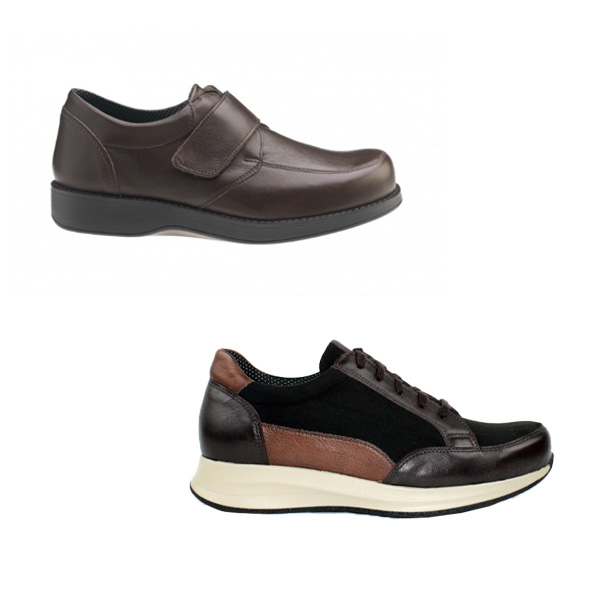
For gentlemen, the entire line of Men’s Diabetic Shoes has been designed to provide a comfortable fit for sensitive feet. They are designed to protect the feet from impacts and allow for intuitive wearing. The lining has antibacterial properties and temperature regulation, adjusting it for greater comfort. They have been carefully designed to protect and care for diabetic feet.
What is the difference between a diabetic shoe and a regular shoe?
Diabetic shoes differ from regular shoes by providing enough space for the toes, preventing them from being compressed or overlapping. On the other hand, diabetic shoes typically have smooth seams or are manufactured without internal seams to prevent friction points that can cause wounds or blisters.
Usually, the materials used in diabetic shoes are breathable, allowing air to circulate around the feet and preventing moisture buildup, which reduces the risk of fungal infections. They also have non-slip soles and are designed to provide stability while walking, reducing the risk of falls and injuries.
Finally, diabetic shoes have adjustable closures, such as Velcro straps, that allow for a customized fit and accommodate potential swelling in the feet.
FOR WHICH TYPE OF DIABETES IS SPECIFIC FOOTWEAR RECOMMENDED?
The use of diabetic footwear is recommended for individuals with both type 1 and type 2 diabetes. Both forms of the disease can affect foot health, making it a crucial aspect of diabetes management. In both types, neuropathy (nerve damage) and poor blood circulation can lead to loss of sensation in the feet, difficulty in wound healing, the development of foot deformities, or an increased risk of fungal infections.
Therefore, the use of specific diabetic footwear is recommended for all individuals with diabetes, regardless of the type. Additionally, consulting a healthcare professional, such as a podiatrist or orthopedist, for guidance on the appropriate type of footwear is essential for every person with diabetes, as individual needs may vary.
Prevention and Other Care
Although this is a disease with no cure, keeping blood glucose levels under control is an effective way to prevent diabetes and its complications. Therefore, prevention involves maintaining a healthy, active, and vigilant lifestyle. So, keep a healthy diet, engage in regular physical exercise, and avoid risky behaviors.
Additionally, for people with diabetes, additional care such as the use of specially designed orthopedic insoles for diabetics can play an important role in preventing foot problems.
Orthopedic Insole for Diabetic Foot
Orthopedic insoles for diabetic feet of this type are specially designed to meet all the needs of a person with diabetes, minimizing the impact and pressure on the feet while walking. Additionally, they also provide extra cushioning and above-average comfort, which is essential for the care of sensitive feet.
Diabetic Foot Creams
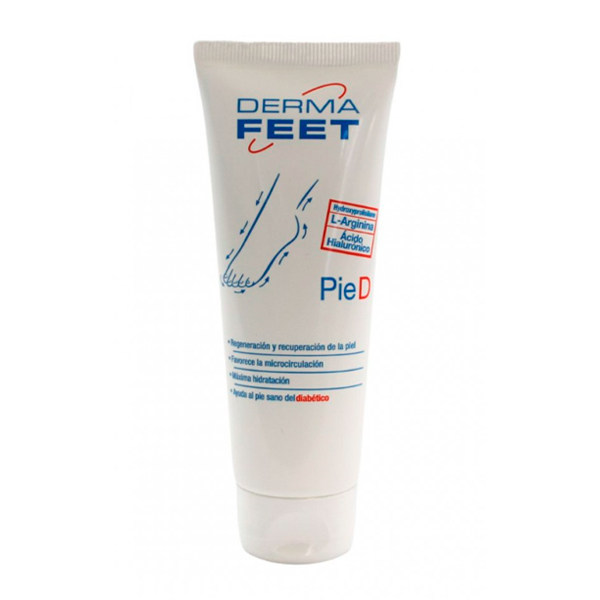
Diabetic Foot Cream is recommended for advanced care of feet with high-risk factors, such as diabetes. Diabetic feet tend to be more cracked and can sometimes have fissures and calluses. In this regard, the formula of this cream combines intense hydration and deep skin nourishment, combating dryness and preventing the development of wounds.

On the other hand, diabetes accelerates the dehydration of the skin on the feet, so diabetic feet tend to be very dry. The Foot Cream Urea 20% allows for effective and long-lasting hydration of the feet, preventing and caring for dry and dehydrated feet.
Foot health plays a fundamental role in the quality of life for those living with diabetes. Prevention and proper care are essential to avoid serious complications that may arise from the disease. Therefore, it’s crucial to be aware of the care required for diabetic feet and how socks and shoes designed specifically for this purpose play a crucial role in comfort and well-being.
Invest in your well-being, prioritize foot care, and let diabetic socks and shoes be your allies. With firm and comfortable steps, you can enjoy each day with comfort, safety, and health. Take care of your feet, take care of yourself!
In your Orthopedic Store, you’ll find the best solutions to minimize the discomfort caused by diabetes, providing all the care your feet deserve. Live your day-to-day actively and face challenges with confidence!
Always consult with a healthcare professional to find the solution that best suits your needs. If you have any questions, contact us through our Customer Support or on our social media channels.
We know and have what you need!



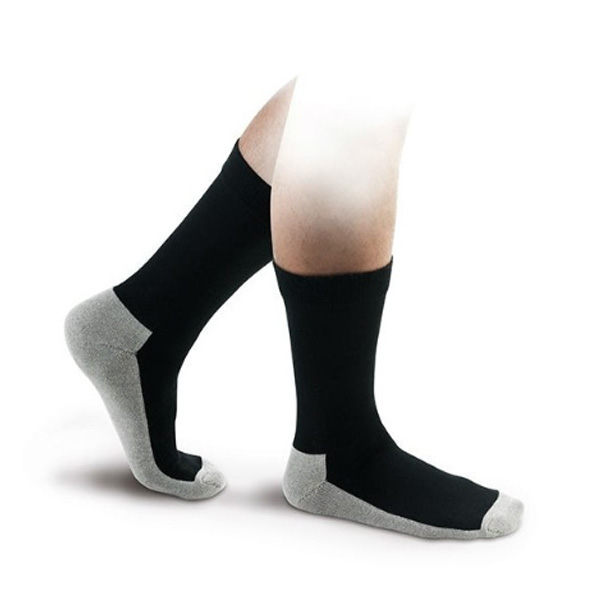

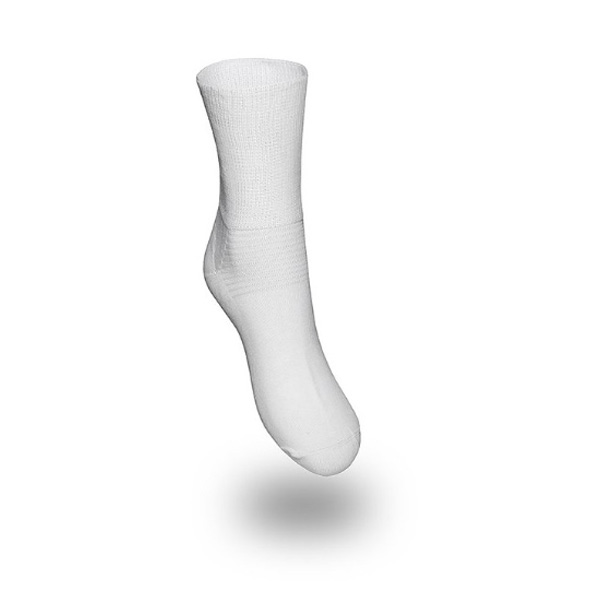



No Comments